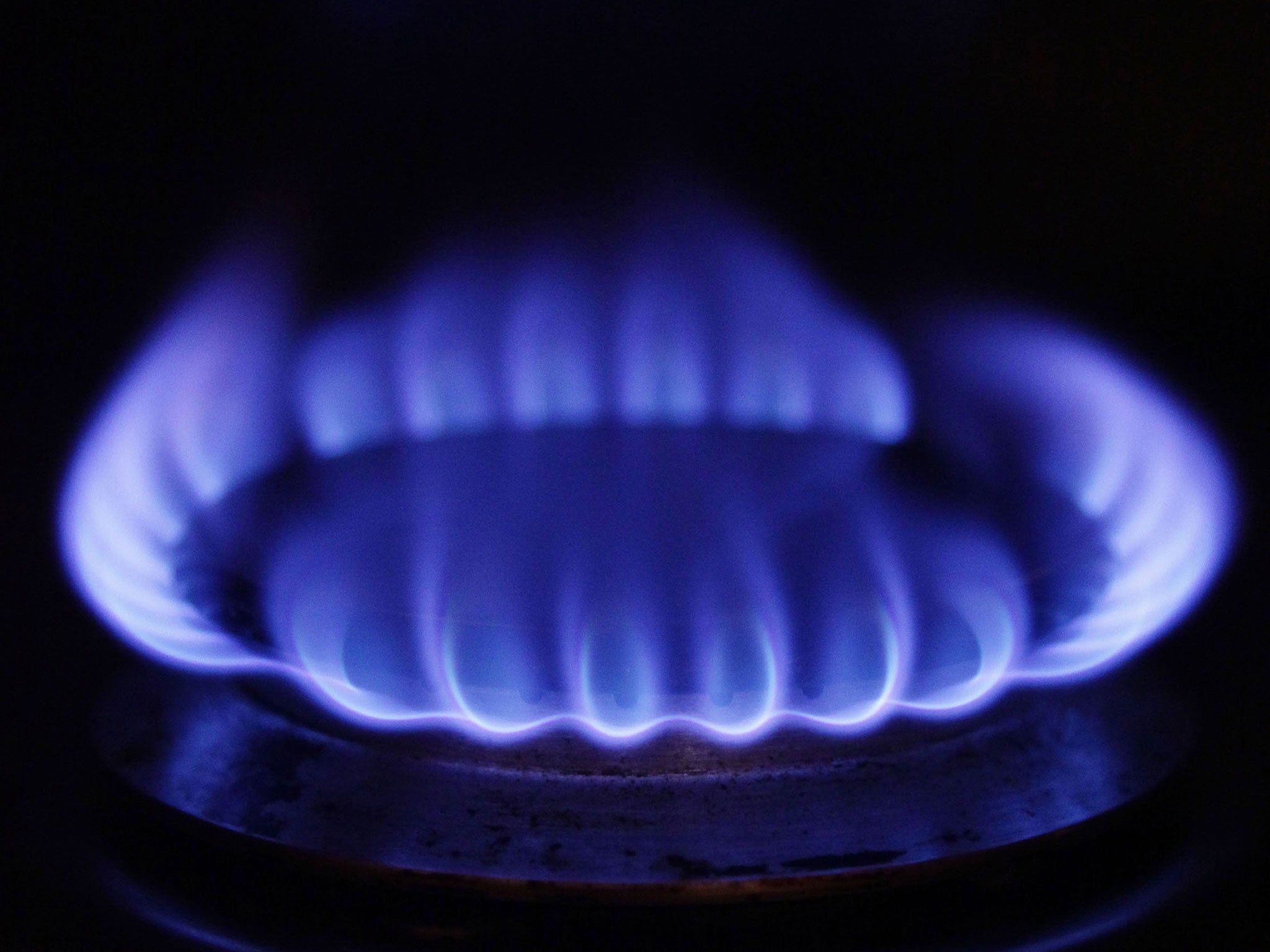Why OfGem's latest attempt to bring energy firms to heel may be doomed to failure
It's going to take more than a price comparison table to clean up the energy industry's act

Your support helps us to tell the story
From reproductive rights to climate change to Big Tech, The Independent is on the ground when the story is developing. Whether it's investigating the financials of Elon Musk's pro-Trump PAC or producing our latest documentary, 'The A Word', which shines a light on the American women fighting for reproductive rights, we know how important it is to parse out the facts from the messaging.
At such a critical moment in US history, we need reporters on the ground. Your donation allows us to keep sending journalists to speak to both sides of the story.
The Independent is trusted by Americans across the entire political spectrum. And unlike many other quality news outlets, we choose not to lock Americans out of our reporting and analysis with paywalls. We believe quality journalism should be available to everyone, paid for by those who can afford it.
Your support makes all the difference.In its latest attempt to shame the energy industry into behaving a bit better OfGem, its watchdog, has produced a league table showing just how much you could save by switching from your provider’s standard variable tariff (SVT) to its cheapest fixed tariff.
Quite a bit, as it turns out, especially if you’re among the 1.7m people who are with NPower, one of the big six providers. The difference between its SVT and the cheapest deal on offer is £261 a year. It’s £245 with the Co-op and savings range from £41 to £157 with the rest.
The publication of OfGem’s table follows a meeting between Energy Secretary Greg Clark and suppliers in the wake of allegations that high priced SVTs are an example of energy industry profiteering at customers’ expense.
It is supposed to make tariffs “more transparent” and to “make it easier for customers to see how much they could save by switching tariff”.
Trouble is, it’s already fairly easy to see how much you could save. Log on to a price comparison website, tap in your details and away you go.
I’m aware that not everyone is entirely comfortable with doing that sort of thing on the web. However, something like 55 per cent of us are confident enough to bank online. Yet 66 per cent of Britons are on SVTs. Which shows that even many web savvy Brits are failing to use their skills to take advantage of the much cheaper energy deals that are on offer.
Is it because they are just bone idle? Is it their own fault that the energy industry is shafting them? Or could it be that there is something else at work? Could it be that the energy industry’s performance has been so terrible, that its reputation for mucking things up, and causing nightmares, is now so entrenched that people might simply feel that they are better off with the devil they know?
What, I can get a better tariff with my devil? But which tariff would that be? And you are, of course, assuming I can actually get through to my supplier to get myself on to it. And that it won’t muck up my bills in the process. You know what, I’ll take the hit and sit tight.
Faced with that, the fond hopes of Government that OfGem’s table will change things, and take some of the heat out of the energy debate, are all too likely to be dashed.
It might have an impact at the margins. There might be a few people who save a few quid. But “few” is likely to be the operative word.
To bring meaningful change to this industry it requires something rather more substantive than a table of prices. If the industry is profiteering, as has been claimed, there probably ought to be more substantive action taken.
The general perception that the industry is a shark filled mess didn’t emerge from out of a vacuum. A price comparison table isn’t likely to change it.
Join our commenting forum
Join thought-provoking conversations, follow other Independent readers and see their replies
Comments